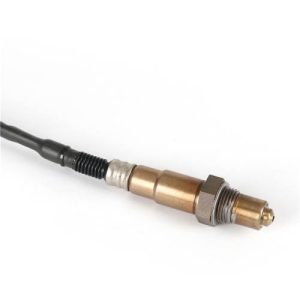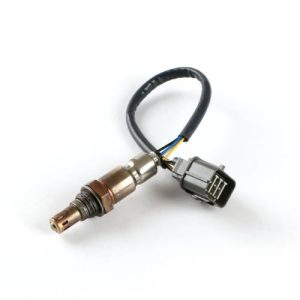Your cart is currently empty!
What is wideband o2 sensor? Wide vs Narrow o2 sensor different
Oxygen Sensor Technology Explained: Wide-Field vs Narrow-Field
1, wideband o2 sensor Definition
Conventional narrow-domain (binary leapfrog) oxygen sensors are only capable of determining whether the air-fuel ratio is rich or poor, but are unable to quantify specific numerical parameters.In response to increasingly stringent global emissions regulations, wide-area (broadband) oxygen sensors have been developed with the ability to accurately detect air-fuel mixing ratios.

2,Background on technology evolution
Technical Limitations of Conventional Narrow-Domain Sensors The two-point oxygen sensor operating principle is based on a voltage mutation response mechanism for the theoretical value of λ = 1.There are two core shortcomings of this type of sensor: firstly, its signal response sensitivity is significantly attenuated when it deviates from the theoretical air-fuel ratio condition; secondly, it cannot provide effective feedback data when the engine system needs to implement thin combustion or rich mixture control strategy.
Environmental regulations drive technology iteration With the strengthening of global environmental awareness and the stepwise upgrade of automotive exhaust emission standards (such as the implementation of Euro VI and National VIb standards), the traditional two-point oxygen sensors are no longer able to meet the accuracy requirements of OBD-II diagnostic systems and closed-loop control systems.This technology generation gap has directly spawned a new generation of sensor technology.

3,Oxygen Sensor Typology Based on the differences in signal output characteristics, two main types of oxygen sensors are used in the modern automotive industry:
A. Narrow-domain (leapfrog) oxygen sensors This type of sensor has only a binary determination function:
Qualitative judgment of air-fuel ratio status (oil rich/oil poor)
Fuel Injection Volume Trend Indication (Increase/Decrease) The core control logic is to dynamically balance the air-fuel ratio around the theoretical value of 14.7:1 by means of continuous oscillating feedback.Most of the current EFI electronic fuel injection systems still use this classical control strategy.
B. wideband o2 sensor Innovative solutions developed to break through the technical bottlenecks of current emission regulations, with the following core advantages:
Accurate quantification of the air-fuel ratio value (measurable range from 10:1 to 20:1)
Real-time feedback on the extent to which the mixture deviates from the theoretical value
Supports advanced combustion modes such as rarefied combustion and stratified combustion.
Enhances the ECU's ability to optimize the control of the three-way catalytic converter.

4,Technology Generation Differences Explained
The narrowband sensor only outputs a step voltage signal of 0.1-0.9V, while the wideband o2 sensor can output a continuous linear signal of 0-5V.This essential difference in signal output characteristics enables modern engine management systems:
Closed-loop control of air-fuel ratio improves response speed by more than 300%.
The correction accuracy of fuel injection quantity reaches ±0.5% level.
40% improvement in emission control efficiency during the cold start stage

Leave a Reply